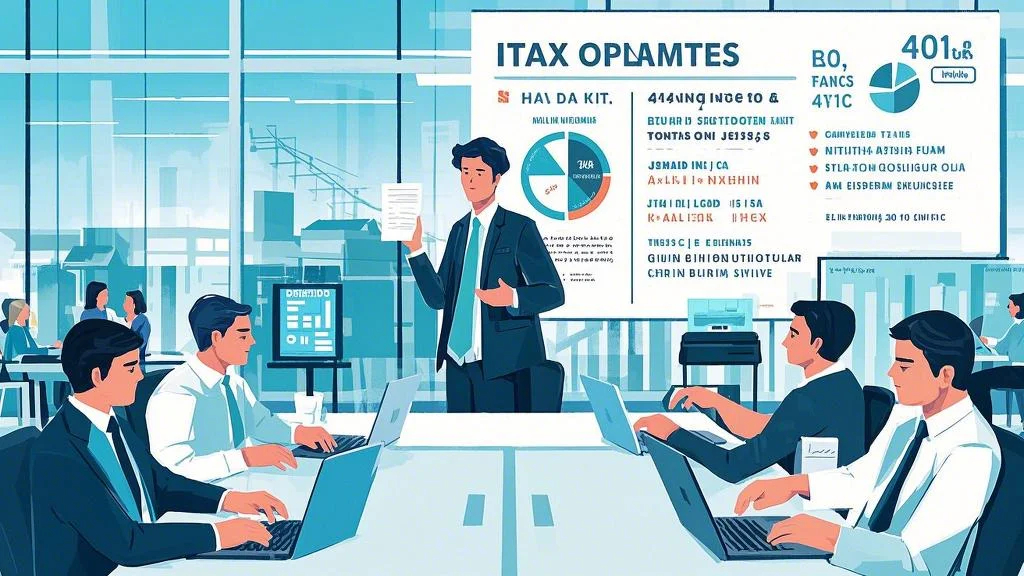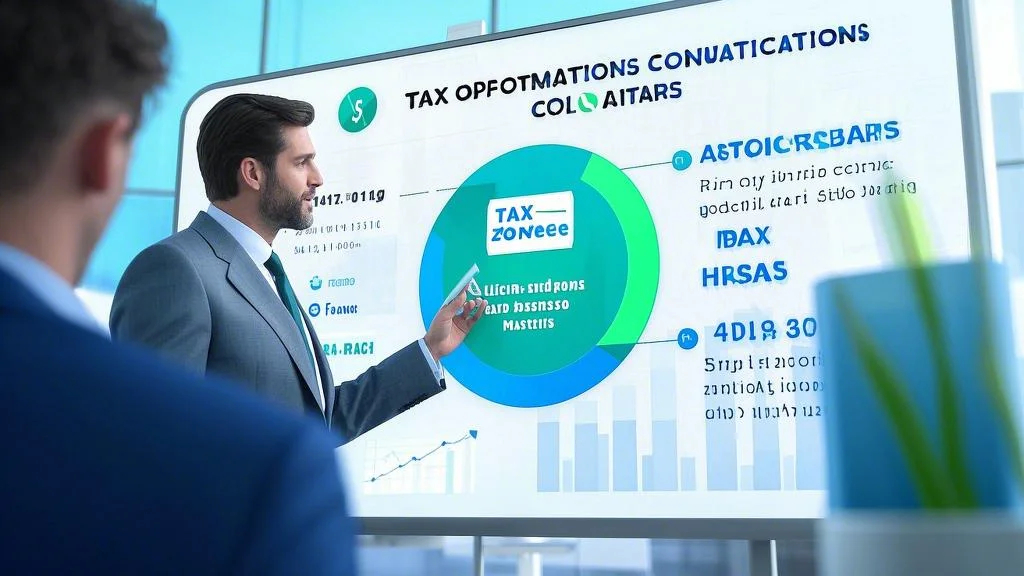Understanding Tax Optimization Strategies for Smarter Savings
When it comes to managing your finances, one of the most effective ways to keep more of your hard-earned money is by implementing tax optimization strategies. These strategies involve legally minimizing your tax liability through careful planning and informed decision-making. For example, contributing to tax-advantaged accounts like 401(k)s, IRAs, or Health Savings Accounts (HSAs) can reduce your taxable income while helping you save for retirement or medical expenses. Another common tax optimization strategy is to take advantage of tax credits and deductions, such as the Earned Income Tax Credit (EITC) or student loan interest deductions. By understanding and applying these strategies, you can significantly lower your tax bill and increase your overall savings.
Another powerful tax optimization strategy is tax-loss harvesting, which involves selling investments that have declined in value to offset capital gains taxes. This approach is particularly useful for investors looking to rebalance their portfolios while minimizing their tax burden. Additionally, timing your income and expenses can also play a role in tax optimization. For instance, deferring bonuses or accelerating deductible expenses into the current tax year can help you manage your taxable income more effectively. By staying informed about these tax optimization strategies, you can make smarter financial decisions and keep more money in your pocket.
Leveraging Financial Literacy Resources to Master Tax Planning
Navigating the complexities of tax planning requires a solid understanding of financial principles, which is where financial literacy resources come into play. These resources, which include books, online courses, workshops, and podcasts, provide valuable insights into tax laws, investment strategies, and personal finance management. By educating yourself through financial literacy resources, you can gain the knowledge needed to implement effective tax optimization strategies and make informed decisions about your money.
One of the key benefits of using financial literacy resources is the ability to stay updated on changes in tax laws and regulations. Tax codes are constantly evolving, and staying informed can help you take advantage of new opportunities to reduce your tax liability. Additionally, these resources often provide practical tools and templates, such as tax calculators and budgeting worksheets, to help you plan and track your finances. By incorporating financial literacy resources into your routine, you can build the skills and confidence needed to optimize your taxes and achieve your financial goals.

Financial Independence Tips to Maximize Tax Savings
Achieving financial independence often requires a combination of disciplined saving, strategic investing, and effective tax planning. One of the most important financial independence tips is to maximize your contributions to tax-advantaged accounts. For example, contributing the maximum amount to your 401(k) or IRA not only helps you save for retirement but also reduces your taxable income. Another key financial independence tip is to diversify your income streams. By earning income from multiple sources, such as investments, rental properties, or side hustles, you can take advantage of different tax treatments and potentially lower your overall tax rate.
Another effective financial independence tip is to strategically time your withdrawals from retirement accounts. For example, withdrawing funds during years when your income is lower can help you stay in a lower tax bracket and reduce your tax liability. Additionally, consider converting traditional IRAs to Roth IRAs during low-income years to take advantage of lower tax rates. By combining these financial independence tips with other tax optimization strategies, you can accelerate your journey toward financial independence and keep more of your money.
The Role of Compound Interest Benefits in Tax-Advantaged Accounts
One of the most powerful tools for building wealth is the concept of compound interest benefits, especially when combined with tax-advantaged accounts. Compound interest allows your money to grow exponentially over time, as you earn interest not only on your initial investment but also on the accumulated interest. When this growth occurs within a tax-advantaged account, such as a 401(k) or IRA, the compound interest benefits are even more significant because your earnings grow tax-free or tax-deferred.
For example, if you contribute $5,000 annually to a Roth IRA and earn an average annual return of 7%, your investment could grow to over $200,000 in 20 years—all without paying taxes on the gains. Similarly, contributions to a traditional 401(k) reduce your taxable income now, while the earnings grow tax-deferred until withdrawal. By maximizing your contributions to these accounts and taking full advantage of compound interest benefits, you can build substantial wealth while minimizing your tax liability. This makes tax-advantaged accounts a cornerstone of any effective tax optimization strategy.
Incorporating Estate Planning Basics into Your Tax Strategy
While tax optimization often focuses on reducing your current tax liability, it’s also important to consider the long-term impact of taxes on your estate. This is where understanding estate planning basics becomes crucial. Estate planning involves creating a plan for the distribution of your assets after your death, with the goal of minimizing taxes and ensuring your wishes are carried out. One of the most effective estate planning basics is to establish a trust, which can help you avoid probate and reduce estate taxes.
Another key estate planning basic is to regularly review and update your beneficiary designations. This ensures that your assets are distributed according to your wishes and can help avoid unnecessary taxes or legal complications. Additionally, consider gifting assets during your lifetime to reduce the size of your taxable estate. The annual gift tax exclusion allows you to give up to a certain amount per recipient each year without incurring gift taxes. By incorporating these estate planning basics into your overall tax strategy, you can protect your wealth and provide for your loved ones while minimizing the tax burden.


